Understanding the Unique Traits of a Pearl Cockatiel
Explore the fascinating world of Pearl Cockatiels as we delve into their unique traits, from vibrant feathers to engaging personalities.

Key Takeaways:
- Discover the distinctive characteristics that set pearl cockatiels apart from other pet birds.
- Learn about the specific care requirements and behavioral traits of pearl cockatiels.
- Gain insights into the genetic mutations that give pearl cockatiels their unique appearance.
Pearl cockatiels are a captivating variety of pet birds known for their unique coloration and patterns. These birds, part of the cockatoo family, boast a range of features that make them stand out in the avian world. From their light blue-gray feathers to their expressive orange cheek patches, pearl cockatiels are a favorite among bird owners. In this comprehensive guide, we'll delve into the world of pearl cockatiels, exploring their traits, care needs, and the genetic mutations that contribute to their beauty.
The Origin of Pearl Cockatiels
Initially discovered in the wild, pearl cockatiels have since become a popular choice for avian enthusiasts. These birds are a color mutation of the standard grey cockatiels, with their first cockatiel mutation being observed time and again in captivity. The pearl pattern is characterized by a series of colored bars or horizontal bars that run across their feathers, giving them a laced appearance.
The Pearl Pattern: A Closer Look
The pearl pattern in these birds is a sex-related genetic mutation, which means it can be more prominently seen in female cockatiels. Young males may display the pattern, but most pearl cockatiels that are males lose the pearling after their first molt, resulting in a more typical grey coloration. This change can be a helpful indicator for bird owners trying to determine the sex of their young birds.
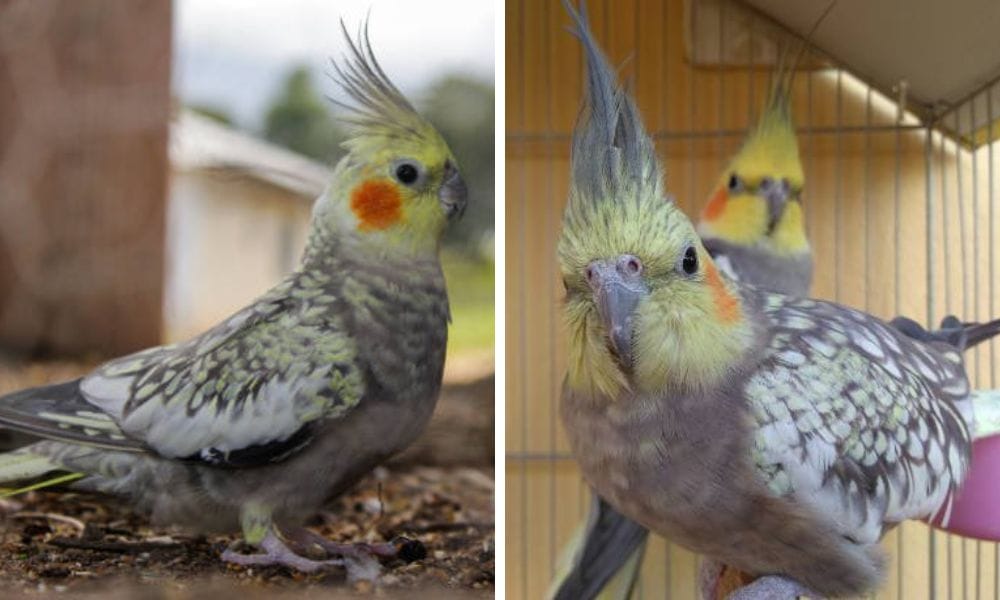
The Color Palette of Pearl Cockatiels
Pearl cockatiels exhibit a variety of colors, ranging from the classic golden pearls to the more subdued silver pearls. The base color of these birds is often a warm tan or light pied, with the pearling adding a yellowish infusion or white appearance to their feathers. The intensity of the color pigment can vary, with some birds displaying a more yellowish face or a predominantly yellow white bird appearance.
Understanding Molting in Pearl Cockatiels
Molting is a natural process for many birds, including pearl cockatiels. During the juvenile molt, young cockatiels shed their baby feathers to make way for their adult plumage. For pearl cockatiels, this is when the males typically lose their pearling and adopt a more uniform grey color, while females retain their intricate patterns.
The Unique Feathering of Pearl Cockatiels
One of the most striking features of pearl cockatiels is their tail feathers and wings slightly adorned with the pearling pattern. These feathers can have white wing bars or a cinnamon brown color, adding to the bird's overall beauty. The grey feathers of a pearl cockatiel are often interspersed with these patterns, creating a stunning visual effect.
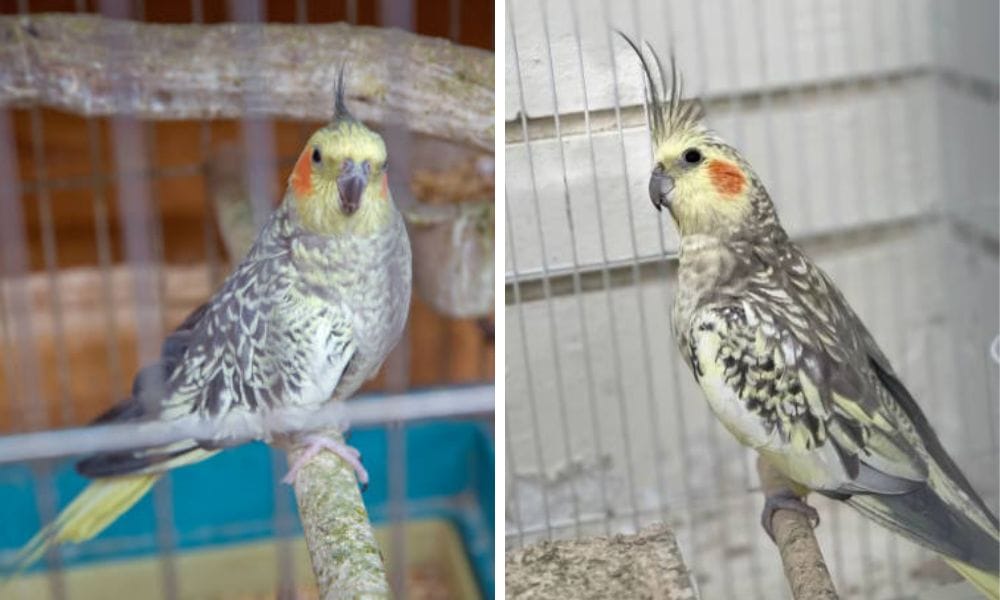
Pearl Cockatiels and the Cockatoo Family
As members of the cockatoo family, pearl cockatiels share many traits with their larger relatives. However, their smaller size and docile personalities make them more suitable as pet birds for many owners. They are known for their ability to mimic sounds, much like other parrots, and can become quite the alarm clocks with their vocalizations.
The Behavior of Pearl Cockatiels
Pearl cockatiels are known for their friendly and sociable nature. They enjoy interacting with their human companions and can develop strong bonds. It's important for bird owners to provide ample socialization and mental stimulation to keep these intelligent birds happy.
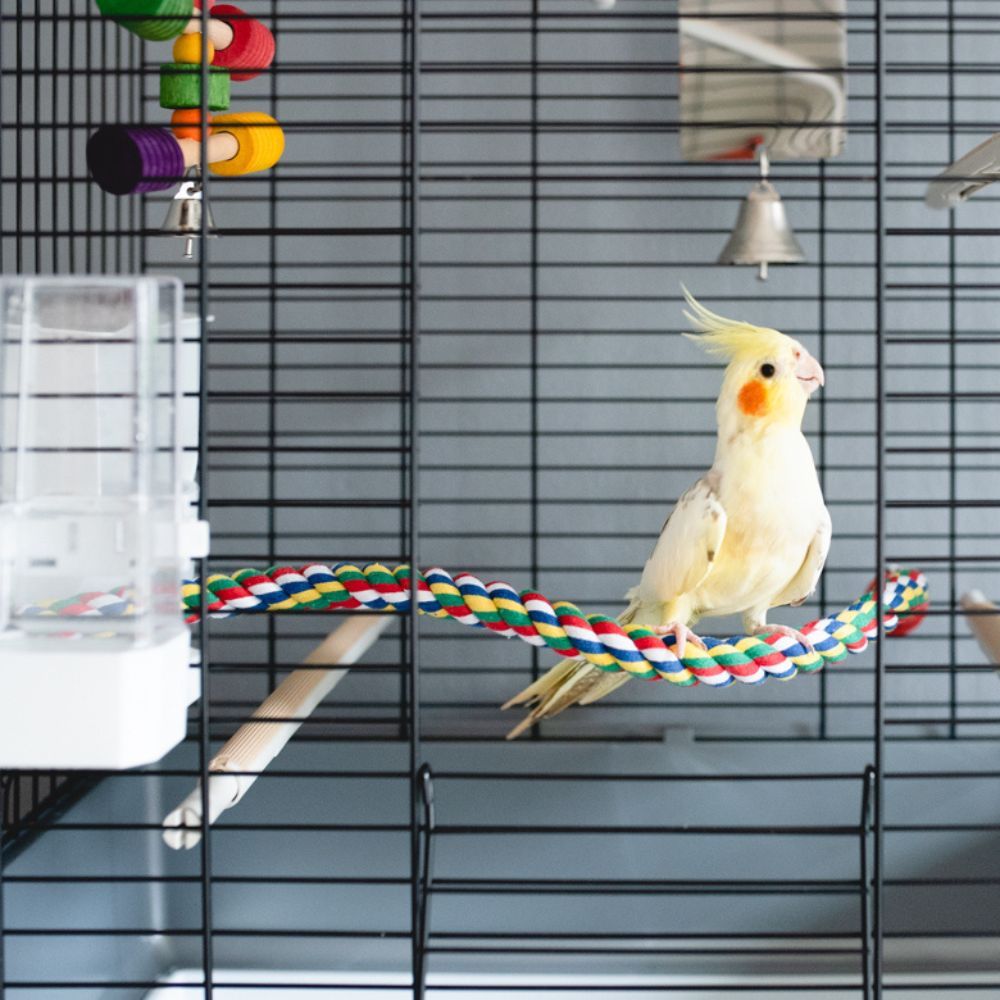
Caring for Your Pearl Cockatiel
Proper care is essential for maintaining the health and happiness of pearl cockatiels. This includes providing a spacious flying cage, proper foods, a balanced diet, and regular health check-ups. Bird owners should also be aware of common health issues like fatty liver disease, which can be exacerbated by poor diet or exposure to pesticide residue.
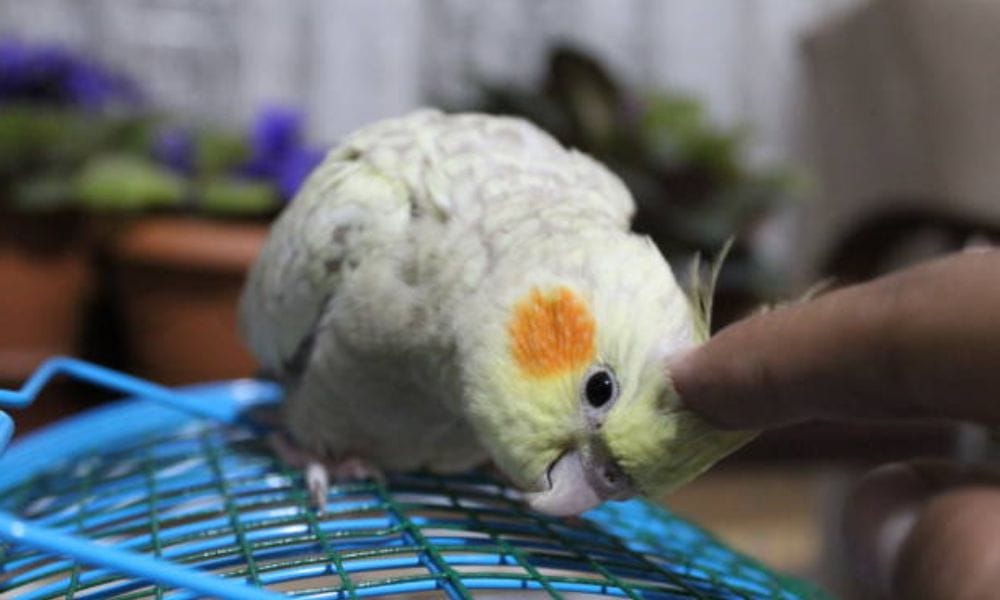
The Diet of Pearl Cockatiels
A balanced diet is crucial for the well-being of pearl cockatiels. They require a mix of seeds, pellets, fresh fruits, and vegetables to meet their nutritional needs. Bird owners should consult with specific breeders or avian veterinarians to ensure their feathered friends are getting the right nutrients.
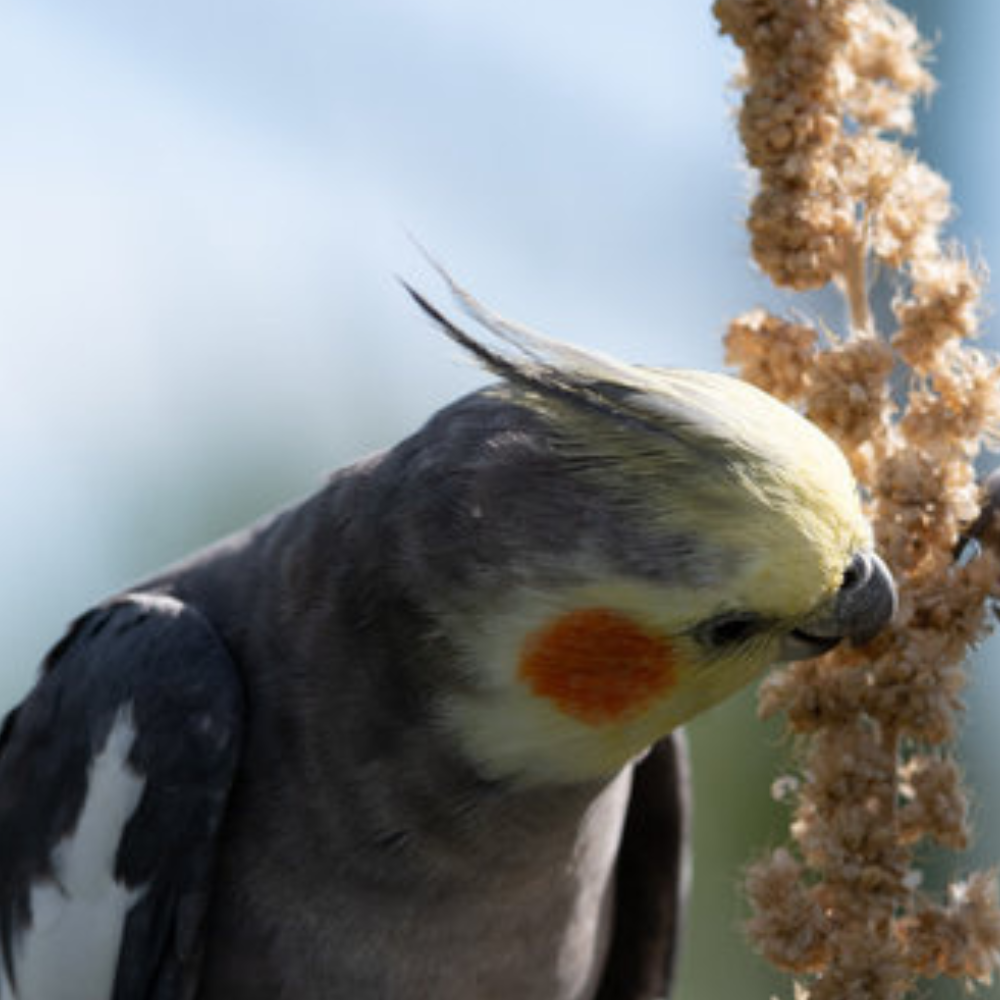
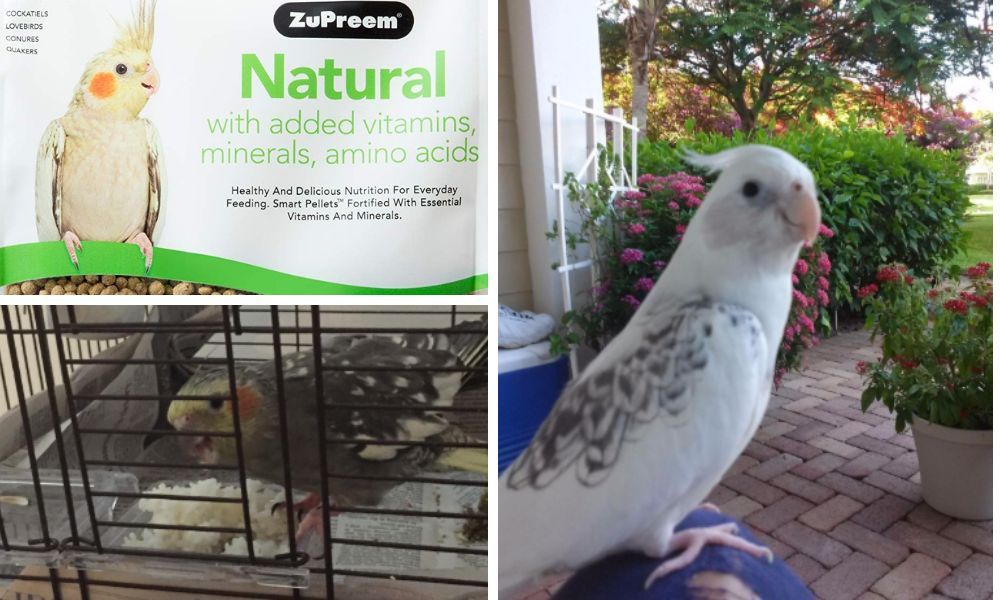
The Aesthetic Appeal of Pearly Cockatiels
When considering a pet bird, the pearly cockatiels stand out with their enchanting light blue-gray feathers that captivate bird enthusiasts. This unique coloration is complemented by the signature orange cheek patch, a hallmark of the species, which adds a splash of vibrancy to their appearance. The interplay of colors in pearly cockatiels is not just a feast for the eyes but also a testament to the diverse genetic palette that these birds possess. Their aesthetic appeal is one of the reasons they are highly sought after as pets, and their image credit goes beyond mere photographs, becoming a symbol of elegance in the avian world.
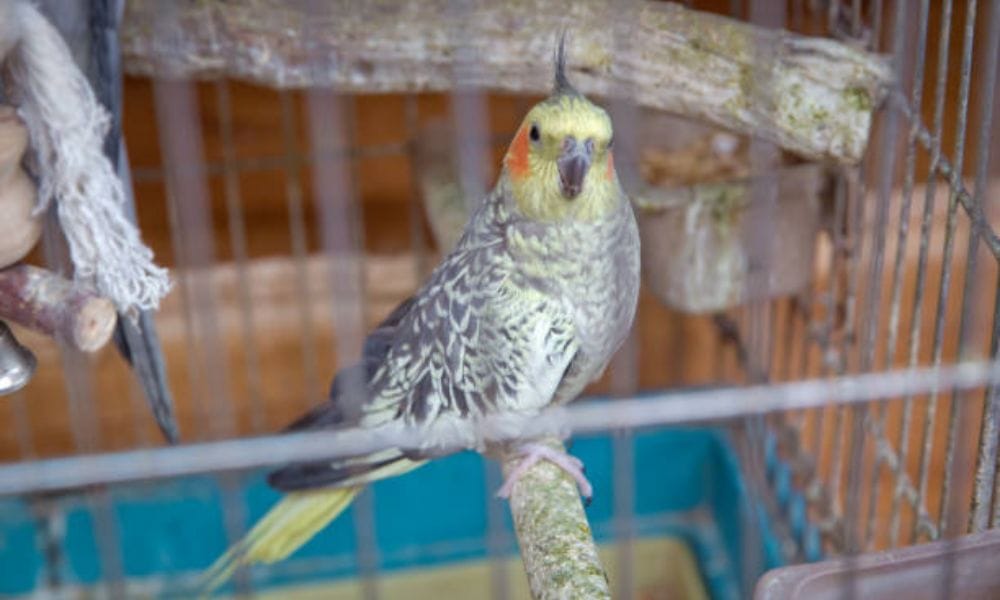
The Significance of Light Blue Gray Feathers in Pearl Cockatiels
Pearl cockatiels are renowned for their stunning plumage, and one of the most captivating hues in their color spectrum is the light blue gray feathers. These feathers are not just a visual delight but also a marker of the bird's genetic blueprint. The light blue gray coloration is often seen in combination with other shades, creating a mesmerizing effect that enchants bird enthusiasts and pet owners alike. This unique coloration can vary in intensity and pattern, making each pearl cockatiel distinct in its appearance.
The presence of light blue gray feathers in pearl cockatiels is not merely a matter of aesthetics; it also has implications for their health and well-being. Feathers serve as a protective barrier against environmental elements and play a crucial role in thermoregulation. The quality and condition of these feathers can indicate the nutritional status and overall health of the bird. Regular observation of the feather's condition can help owners detect any signs of distress or illness early on, ensuring that their feathered friends receive timely care.
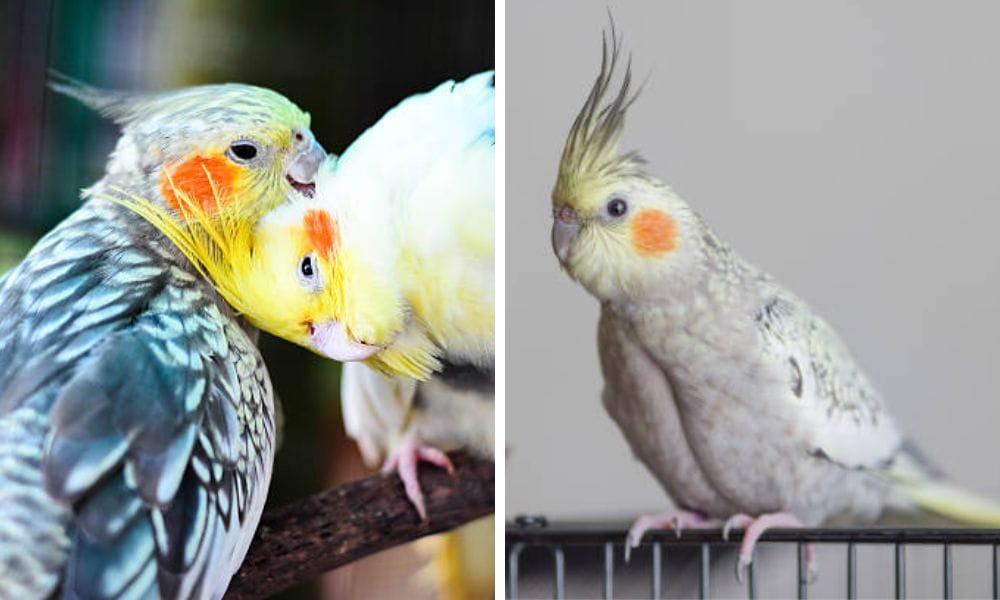
White Faced Cockatiels and Sex-Related Genetic Mutation
White faced cockatiels present a striking contrast to their more colorfully feathered counterparts, and their appearance is the result of a sex-related genetic mutation. This mutation suppresses the yellow and orange pigments that typically color the faces of cockatiels, resulting in a pure white face that is both elegant and distinctive. The mutation is sex-linked, meaning that it is associated with the sex chromosomes and can be used to determine the gender of the birds, as males and females can exhibit different visual characteristics due to this genetic trait.
Description Cockatiels: Identifying Gender Through Physical Trait
When it comes to description cockatiels, one of the most intriguing aspects is the ability to identify their gender through certain physical traits. For instance, wider pelvic bones are often indicative of a female cockatiel. This adaptation is thought to facilitate egg-laying, a critical aspect of reproduction in birds. Additionally, females may exhibit more subtle coloration and less pronounced facial markings compared to their male counterparts. These differences can be subtle and sometimes require a keen eye or even a veterinary professional to determine with certainty.
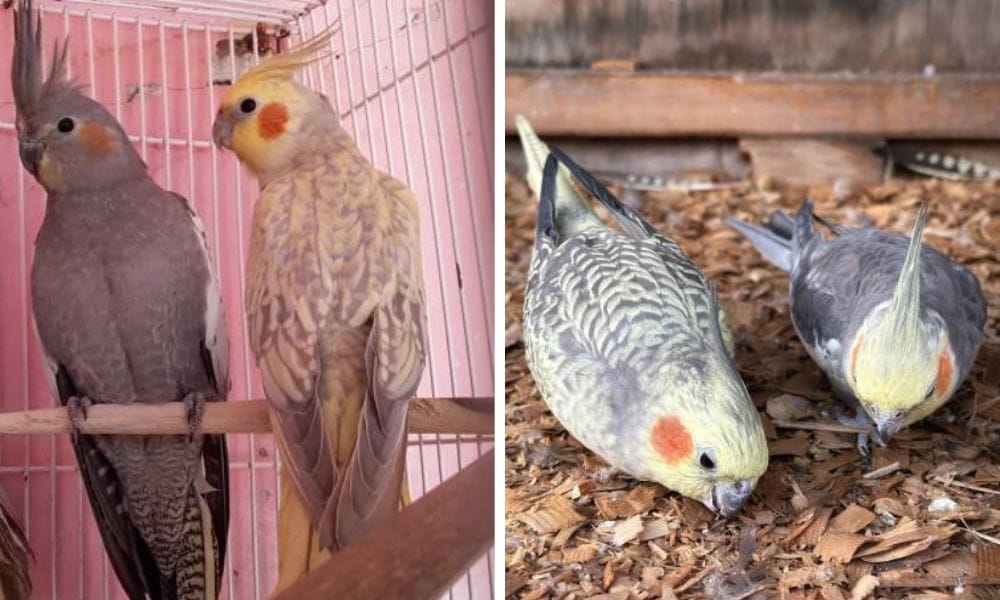
The Role of Sex-Linked Traits in Pearl Cockatiel Breeding
Sex-linked traits in pearl cockatiels are a fascinating aspect of avian genetics that can greatly influence breeding strategies. These traits are carried on the sex chromosomes and include the pearl pattern, which is more commonly expressed in females. In fact, after the first molt, male pearl cockatiels often lose much of their pearling, while females retain these beautiful markings throughout their lives. This genetic quirk means that breeders can often determine the sex of their birds simply by observing the presence or absence of the pearl pattern as the birds mature.
For those looking to breed pearl cockatiels, understanding sex-linked traits is essential. It allows breeders to predict the likelihood of certain characteristics appearing in their offspring. For example, mating a male that carries the pearl gene with a normal female can produce pearl offspring of both sexes. However, only the females will typically display the trait into adulthood. This knowledge is invaluable for breeders who wish to maintain or enhance specific patterns and colors within their aviaries, ensuring the continuation of these stunning traits for future generations to enjoy.
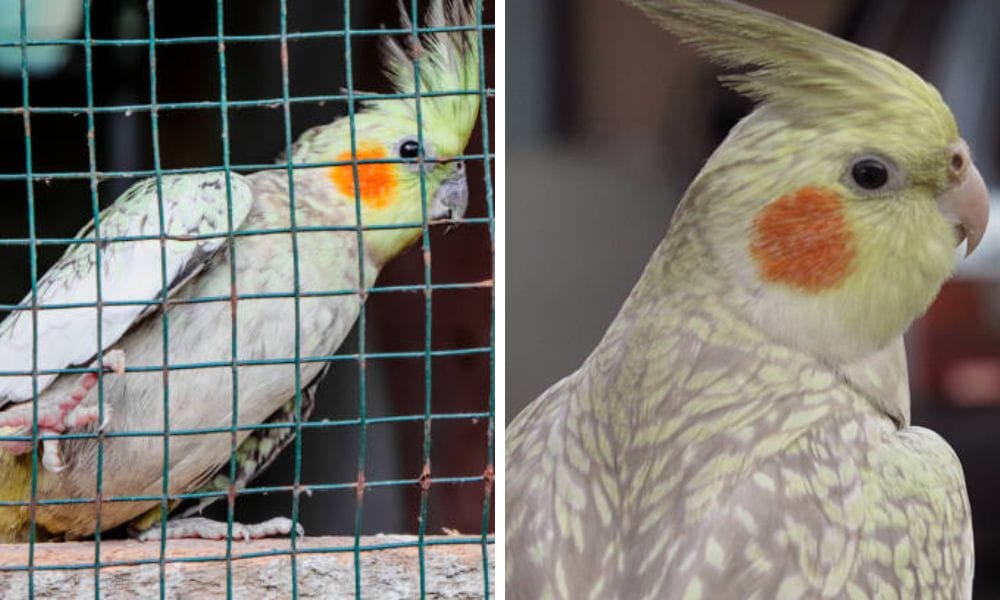
Genetic Mysteries: Sex-Linked Traits in Pearl Cockatiels
The sex-related genetic mutation in pearl cockatiels is a fascinating subject for breeders and geneticists alike. This mutation is responsible for the beautiful pearl patterning seen in these birds, which is more prominent in females. In fact, as males mature, they tend to lose their pearling, leading to a predominantly gray body, while females retain their intricate patterns. This sex-linked characteristic is not only a visual marker but also an interesting genetic puzzle. The mutation is carried on the X chromosome, and since females have only one X chromosome, the trait is always expressed if present.
Breeding Pearl Cockatiels
Many breeders are interested in propagating the pearl mutation in cockatiels. It's important to understand the genetics behind the mutation to successfully breed pearl cockatiels. Female cockatiels with the pearl trait can pass it on to their offspring, while males may carry the gene without displaying the pattern.
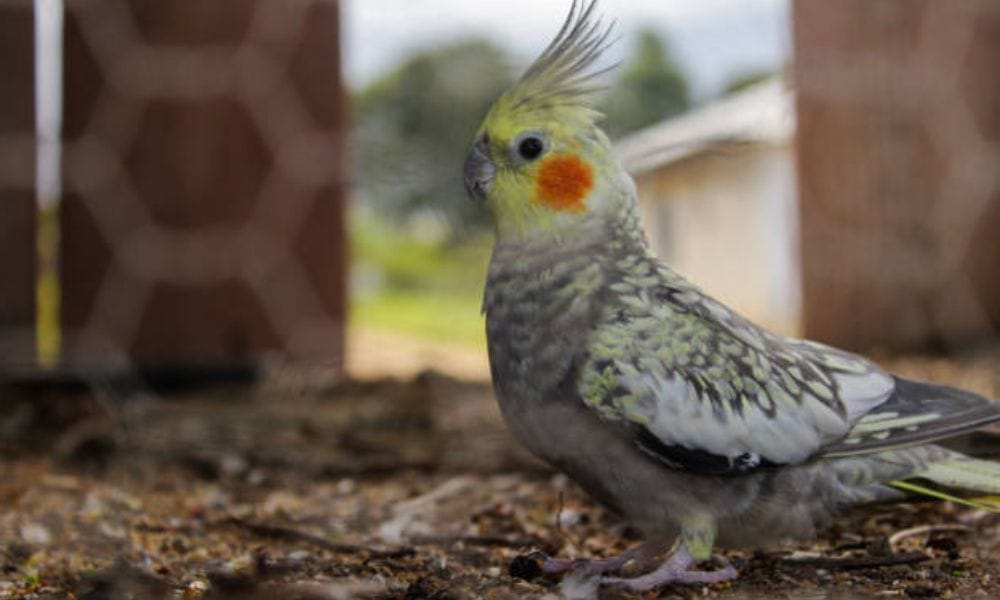
Recognizing Health Issues in Pearl Cockatiels
Bird owners should be vigilant in observing their pearl cockatiels for signs of illness. Symptoms like nasal discharge, red eyes, or changes in behavior can indicate health problems that require immediate attention. Regular visits to an avian veterinarian can help catch issues early and keep your bird in good health.
The Social Dynamics of Pearl Cockatiels
Pearl cockatiels are social creatures that thrive in the company of their own kind or with human interaction. They can develop bad habits if left alone for too long, so it's important for bird owners to spend quality time with their pets and provide them with social enrichment.
Training Your Pearl Cockatiel
Training is an important aspect of owning a pearl cockatiel. These birds are intelligent and can learn a variety of tricks and commands. Consistency and positive reinforcement are key to successful training sessions.
The Lifespan of Pearl Cockatiels
With proper care, pearl cockatiels can live for many years, often reaching up to 15-20 years of age. Their lifespan is influenced by factors such as diet, environment, and genetics, making it important for bird owners to provide the best possible care throughout their lives.
Pearl Cockatiel Mutations
In addition to the classic pearl pattern, there are other mutations like the cinnamon pied pearly, opaline cockatiels, and white-faced cockatiels. Each mutation brings its own set of characteristics and challenges for breeders and owners alike.
The Importance of a Safe Environment
Creating a safe and comfortable environment is essential for the well-being of pearl cockatiels. This includes ensuring their flying cage is free from hazards and that the birds are protected from potential predators and harmful substances.
Pearl Cockatiels as Family Pets
Pearl cockatiels can make excellent family pets due to their friendly nature and manageable size. They are suitable for families with children who understand the importance of gentle handling and respect for the birds' space.
Common Misconceptions About Pearl Cockatiels
There are many myths and misconceptions surrounding pearl cockatiels and pet birds in general. It's important to educate oneself and rely on information from reputable sources to ensure the best care for these unique birds.
The Future of Pearl Cockatiel Breeding
As interest in pearl cockatiels continues to grow, breeders are exploring new ways to enhance and preserve the pearl mutation. This includes careful selection of breeding pairs and responsible practices to ensure the health and diversity of the species.
Summary
Pearl cockatiels are a beautiful and unique variety of pet birds that captivate bird owners with their distinctive patterns and colors. Understanding their origin, behavior, and care requirements is essential for anyone considering adding a pearl cockatiel to their family. With their docile personalities and striking appearance, these birds are a testament to the diversity and wonder of the avian world.
FAQ Section
Q: How can I tell if my pearl cockatiel is male or female? A: Male pearl cockatiels typically lose their pearling after their first molt, while females retain the pattern. Observing the changes in plumage after the juvenile molt can help determine the sex of your bird.
Q: What should I feed my pearl cockatiel? A: Pearl cockatiels require a balanced diet that includes seeds, pellets, and fresh fruits and vegetables. Consult with an avian veterinarian or a knowledgeable breeder for specific dietary recommendations.
Q: How long do pearl cockatiels live? A: With proper care, pearl cockatiels can live up to 15-20 years. Factors such as diet, environment, and genetics play a role in determining their lifespan. Regular veterinary care and a safe living environment are crucial for their longevity.

